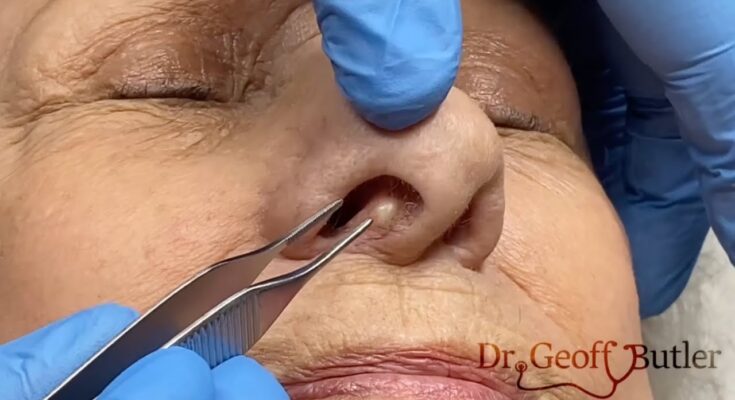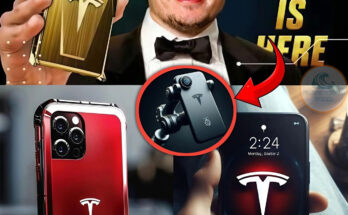De-roofing of a nasal cyst is a surgical procedure typically done to treat a benign cyst that has formed in or around the nose. This technique is commonly used for cysts like epidermoid or pilar cysts, where the goal is to remove the cyst contents and leave the cyst wall behind, which can reduce the likelihood of recurrence.
Here’s what typically happens during the de-roofing procedure for a nasal cyst:
1. Anesthesia
Local anesthesia is applied to numb the area around the cyst so that you won’t feel any pain during the procedure.
2. Incision
A small incision is made over the cyst. In some cases, the cyst may be drained first if there is any fluid or pus inside, but the key part of de-roofing is to remove just the top layer or “roof” of the cyst.
3. Cyst Removal
The top of the cyst (the “roof”) is carefully removed or punctured, allowing the contents to be drained or extracted. The cyst lining may be left in place, which helps to minimize scarring and reduce the chance of a recurrence compared to completely excising the cyst.
4. Closing the Wound
Once the cyst is de-roofed, the incision may or may not be sutured, depending on the size of the opening. In some cases, a small dressing is applied to keep the area clean and promote healing.
5. Aftercare
You will need to follow proper aftercare instructions to keep the area clean, avoid infection, and promote healing. This may include keeping the wound dry, applying any prescribed ointments, and avoiding pressure on the area. Any stitches that are used will likely need to be removed after about 5–7 days.
Recovery & Considerations
- The recovery period is usually quick, with most patients being able to resume normal activities after a few days, though it may take a couple of weeks for the area to fully heal.
- There’s always a risk of recurrence, as the cyst lining can sometimes regenerate, but de-roofing generally has a lower recurrence rate compared to other methods like complete excision.
Have you or someone you know been recommended this procedure, or are you just curious about it?



